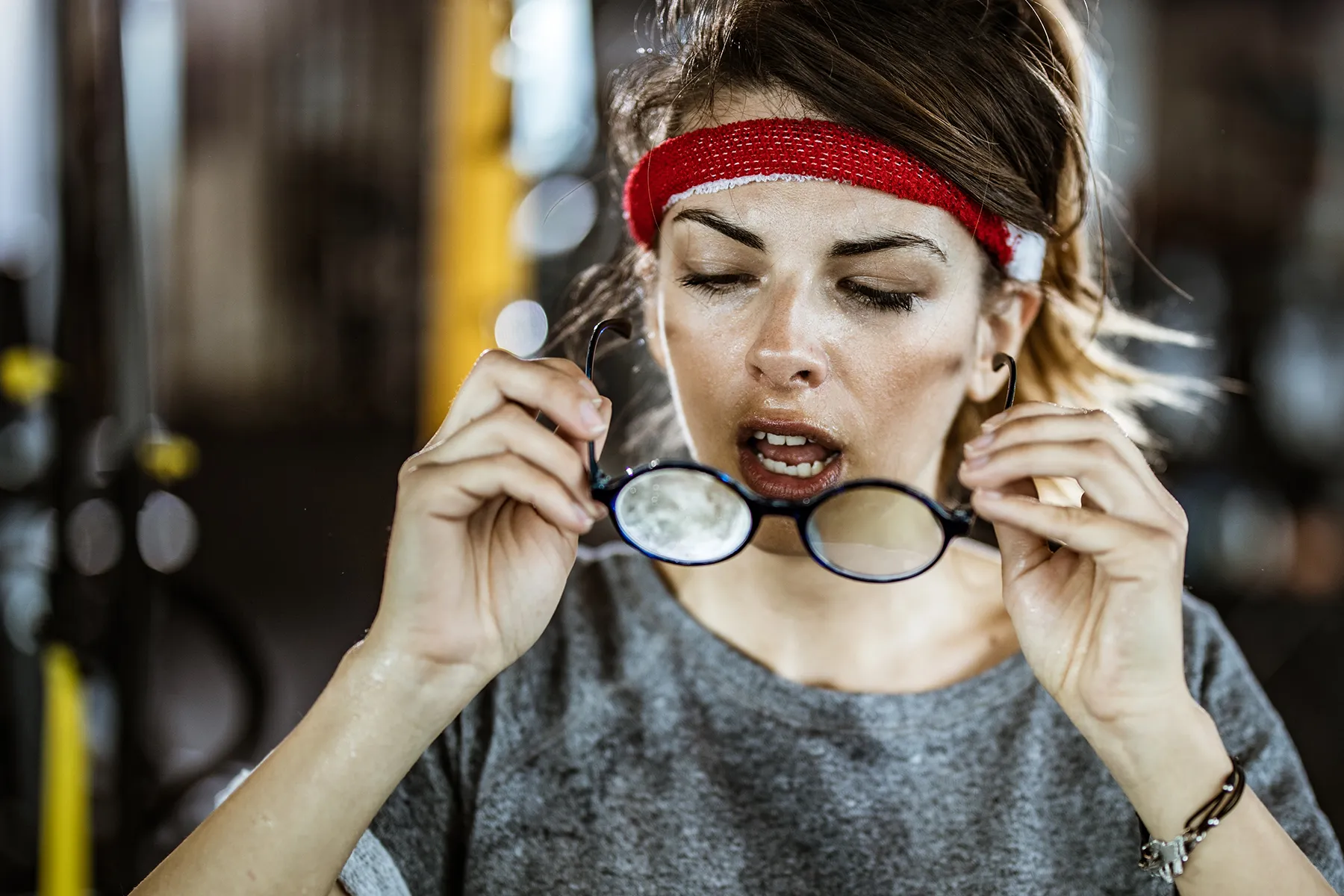Is Laser Vision Correction a Good Choice for Athletes?

While glasses, contacts, and prescription goggles offer vision correction, they can also get in the way, especially during training and competition.
For cyclists and tri-athletes, glasses may slip. Goggles fog up when riding in humid environments. Both limit your peripheral vision. Contact lenses often dry out or drift around the eye during long and windy rides. Pulling over to apply eyedrops literally pumps the breaks on your momentum and focus.
While it may sound like a radical move, laser vision correction surgeries offer safe, effective, long-term results with little downtime.
For athletes, freeing yourself from the burden of daily glasses and contacts can be a real game changer.
“Anyone considering permanent laser vision correction should have a screening eye exam and consultation to determine if they are a candidate for any of these types of procedures,” said Dr. William W. Culbertson, ophthalmologist and medical director of the Bascom Palmer LASIK and Laser Vision Center. The assessment considers your vision correction needs, eye health, lifestyle, and overall medical history. Using sophisticated “mapping” technology, experts can offer treatments that are unique to each patient’s eyes. “There are now a lot of options,” Dr. Culbertson said. “We have six different vision correction lasers, and we’re able to choose which technology is best for each individual eye.”
For cyclists, Dr. Culbertson typically recommends the LASIK, PRK, or SMILE procedures.
In less than five minutes per eye, the LASIK (Laser In-situ Keratomileusis) procedure painlessly creates a thin, hinged flap on the cornea then reshapes the curvature of the cornea with a laser. The procedure can correct nearsightedness, farsightedness, and astigmatism. Following a typical LASIK procedure, patients can typically return to their normal daily tasks with significantly improved eyesight within 24 hours. A cyclist could return to full training two days after LASIK.
Although LASIK surgery offers great results with very low risk, it is not for everyone. Those with a thin cornea or irregular astigmatism are not candidates for this surgery.
There is some risk that the corneal flap created during the LASIK procedure can potentially be displaced, even years later, if impacted with significant force. Side effects are minor and infrequent, including dry eye and seeing halos around lights at night, which usually improve over time.
Photorefractive keratectomy (PRK) surgery avoids the need for the corneal flap by directly reshaping the surface of the cornea. The procedure requires a slightly longer healing time (four to seven days) and the avoidance of prolonged UV light exposure for six weeks.
The newer technology behind the ReLEx SMILE procedure (Small Incision Intrastromal Lenticule Extraction) is well suited for patients who need higher vision correction due to myopia or astigmatism. This surgery removes a very thin, wafer-shaped layer of tissue from the cornea.
“SMILE is a great option for cyclists who are nearsighted, without or with astigmatism. It can permanently restore good vision virtually overnight,” said Dr. Culbertson. SMILE also has a couple of advantages that tend to appeal to cyclists. “Patients typically experience less temporary dryness after the procedure, and it leaves the eye relatively resistant to direct injury.” A cyclist could typically return to full training one to two days after the SMILE procedure.
According to Dr. Culbertson, “While each laser vision correction patient responds differently, the vast majority experience crisp, clear vision without glasses or contact lenses.”
Call Bascom Palmer Eye LASIK & Laser Vision Center at 877-GO-LASIK (52745) or click here for more information or to see if you are a candidate.
Dana Kantrowitz is a contributing writer for UMiami Health News.
Tags: Bascom Palmer Eye Institute, Dr. William W. Culbertson, eye health, laser vision treatment, sports
